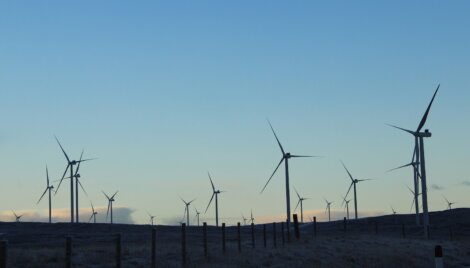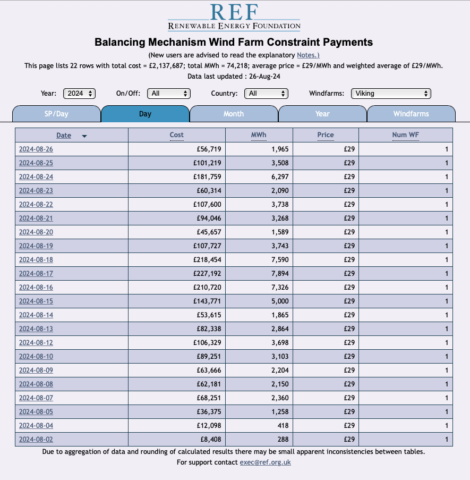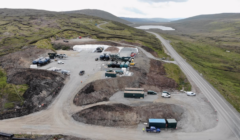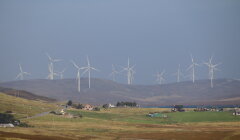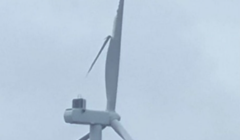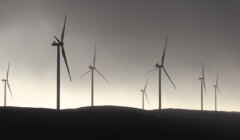Energy / SSE claims £2m in constraint payments as ‘consumers pay to keep the Viking wind farm idle’
THE COMPANY behind the Viking Energy wind farm has already claimed more than £2 million in constraint payments this month and ahead of the multi-million pound project switching on.
It is said the 443MW wind farm consisting of 103 turbines will be able to supply half a million households with renewable energy, but when there are constraints within the national grid network that the energy generated will not reach the customer.
Campaigners against the rapid expansion of wind farm projects in the north of Scotland have warned for many years that – at least in the short and medium term – any additional capacity was likely to become stranded.
Back in June SSE Renewables confirmed that the “UK’s most productive onshore wind farm” had generated first power ahead entering full commercial operation, which is expected shortly.
However, public data provided by the Renewable Energy Foundation (REF) charity shows that Viking has already claimed payments under the wind farm balancing mechanism on almost every day in August, totalling £2,137,687 as of 26 August.
Wind farm operators are compensated if they are asked to reduce their output because the energy they are contracted to produce cannot be used because of ‘constraints’ within the supply grid.
Such constraints – or roadblocks – exist particularly between Scotland and England, meaning that excess energy generated in the north has nowhere to go.
Any additional cost is being picked up by the consumer through their energy bills. Viking Energy’s constraint payments for August alone already equals the amount the company will pay in community benefit to Shetland.
REF director Dr John Constable said: “The generous, and arguably unjustified, constraint payments to wind power, particularly in Scotland, are a clear indication that when green targets are engaged the energy businesses can get away with murder, while the interests of the consumer are sacrificed without a thought.”
Become a member of Shetland News
The charity publishes data on the renewable energy sector, including constraint payments to wind. Dr Constable added:
“Ironically, building extra grid lines to reduce constraints is likely to be still more expensive for consumers. It’s a case of heads the energy bosses win, tails you lose.
“The truth is that many of these wind farms should never have been built in the first place.”
Chair of local campaign group Sustainable Shetland Frank Hay added: “SSE are undoubtedly adept at making the most of opportunities to make profits and their haste to construct VEW is part of that.
“They obviously knew full well that the grid on mainland UK is far from ready to accommodate energy from Shetland. No worries for SSE, they will get paid irrespective of whether the wind farm is operating or not.
“It is an absolute scandal that so much energy from Shetland is, in effect, going to be wasted and consumers will be paying to keep the Viking wind farm idle.
“Part of the responsibility for this situation must lie at Ofgem’s door. Perhaps pressurised by SSE, they chose to approve the inter-connector from Shetland to Caithness, apparently without realising that this was only part of the grid upgrade requirements for power from Shetland to be usefully fed into the grid.
“It would appear that Ofgem are failing in their duty to protect consumers’ interests, which can only lead to higher bills and yet more energy poverty.”
A spokesperson for SSE Renewable said: “Which assets are constrained is a decision for the independent electricity system operator, not individual companies.
“Ultimately, the solution to this issue is to invest in more electricity grid infrastructure so that clean energy is transported to the homes and businesses that need it.
“At SSE, we are investing £20bn by 2030 in transmission infrastructure alone to help unlock Scotland’s renewable potential and would support reform of planning and consents to speed up delivery this essential investment.”





